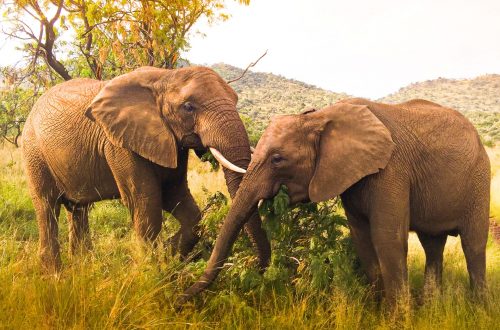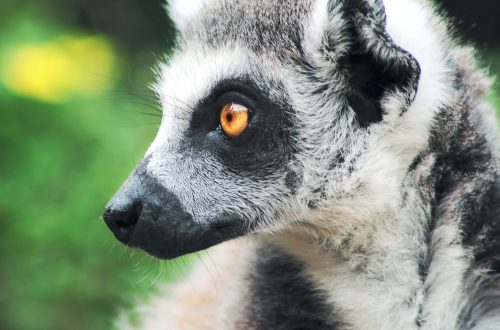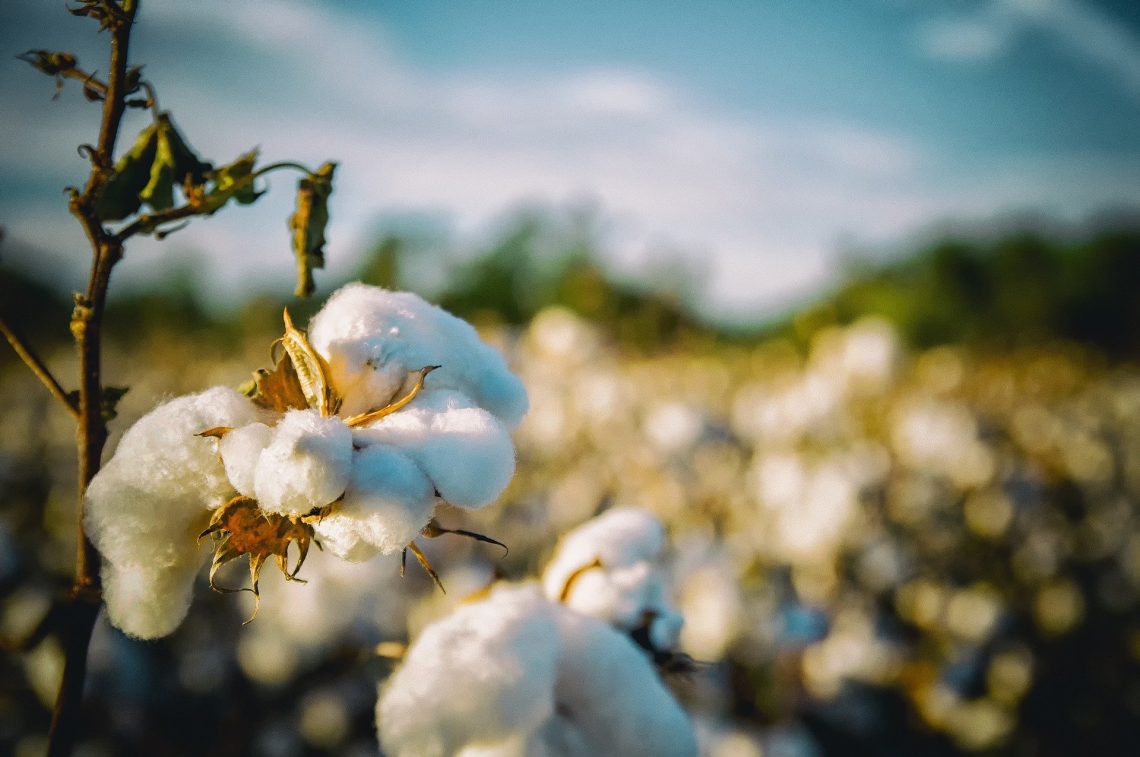
The Environmental Impact of Cotton
Past, Present, Future
The environmental impact of cotton has come to the forefront of debates surrounding sustainability in fashion.
The Past
Cotton has always had a somewhat tainted history.
It has clear links to slavery and to gross imbalances in wealth and privilege.
Seen as a luxury item, cotton carried a hefty price tag and landowners cashed in. It came at the cost, however, of thousands of slaves.
PBS has a real thorough summary of cotton’s historical links to slavery.
The Present
In India today, the price of seeds has been linked to high rates of suicide among cotton farmers.
The seeds they require to grow their crop have become so expensive that turning a profit is becoming increasingly difficult. They are slipping further and further into debt and feeling that death is the only way out.
The Future
Increasingly, we are realising that things HAVE to change.
We are starting to see movements to ensure fair pay and working conditions for all those involved in the supply chains, and the environmental impact of cotton is becoming more and more widely recognised.
So what are the environmental problems we face, and how can we take steps to improve them?
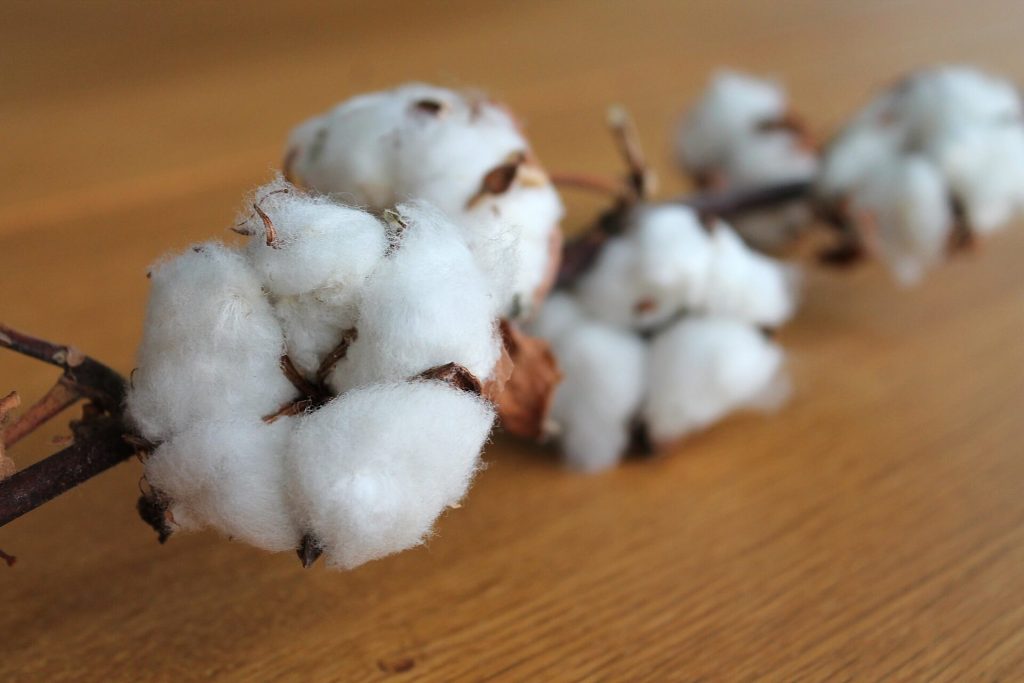
What’s Great About Cotton?
Now firstly, we need to acknowledge that cotton itself is not fundamentally “bad”.
It is completely natural and biodegradable. This is in contrast to more synthetic materials like polyester which can cause far more direct damage to the environment.
But it does come with a few strings attached…
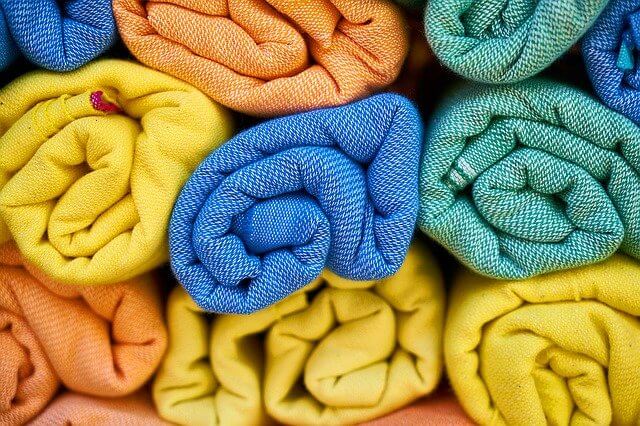
The Environmental Impacts of Cotton
Water
The environmental impact of cotton that you are most likely to have considered before, is its vast water requirements.
Cotton is usually grown in very arid conditions. It needs to be fed huge amounts of water in order to thrive.
You might hear references made to “virtual water”. This is a way of explaining how we indirectly consume water. It may not be the same as turning on a tap, but in being the ultimate buyer for a cotton t shirt, you are “virtually” consuming all the water that it took to make that piece.
The demand for water from cotton farms is SO high, that it has been almost solely blamed for the loss of the Aral sea. Once the world’s 4th largest lake, this is now entirely dried up. Its downfall has been attributed to a combination of extreme demand from water and run off containing pesticides and fertilisers from the fields.

Pollution
Pollution is also becoming a wider environmental impact of cotton.
Chemicals from the processing and dying of cotton run off from factories and processing plants into the local freshwater ecosystems.
Pollutants can find their way into the cotton plants through the use of herbicides, for example. One study showed that these herbicides will likely find their way into other parts of the ecosystem, including fish.
Whilst only trace amounts might find their way into the plant itself, the animals that feed on the plants and the predators which feed on them, will in turn receive more and more toxic substance into their body.
Another study has shown that cotton plants actually absorb pollutants from elsewhere. Heavy metals from a factory up to 15km away were found in cotton, hemp and flax plants. Again, these metals can make their way into and up the food chain.
The fertilisers used to tend to cotton fields also run off into bodies of water.
On the face of it, this seems great- loads more nutrients will help algae and plankton to thrive! But they do. They thrive TOO well.
This starts to produce an excess of carbon dioxide and begins choke the ecosystem. Some wonder if this was a part of how we lost the Aral sea.
Insect Decline
Almost a quarter of the world’s insecticides are used in cotton production.
This is clearly and issue for the ecosystem at large as insects are an important part of the food chain as well as essential pollinators.
The links between insect declines and the rise in human population are clear. Pesticides are an undoubted contributor in their demise, and concerns have been raised as to the role of cotton in this global crisis.
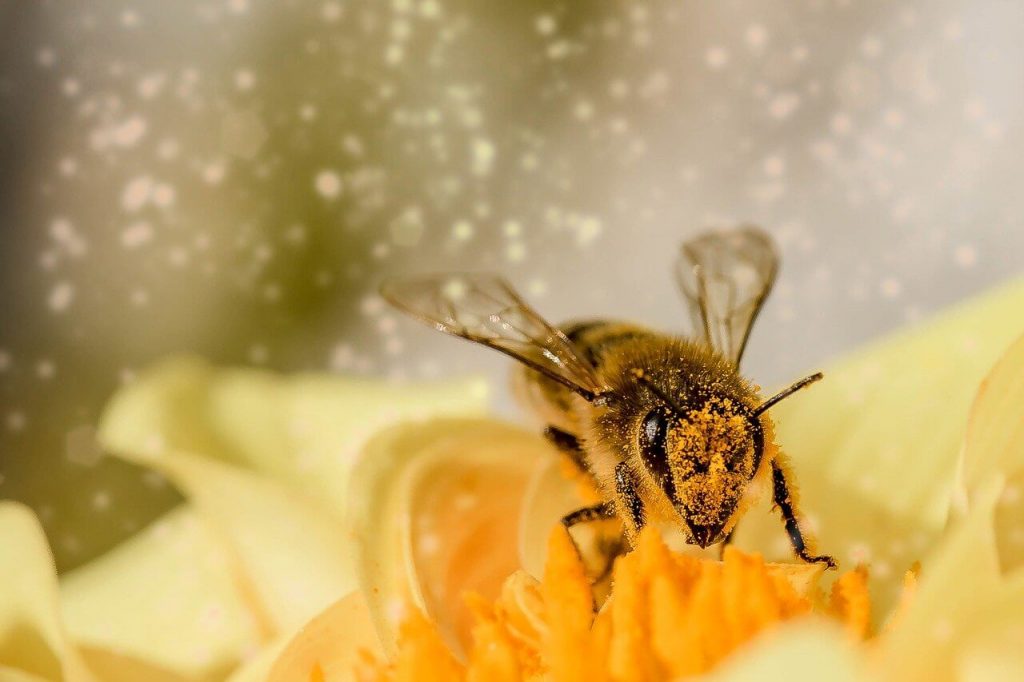
One Wild Thing
Thankfully, there is a very simply alternative available to use: organic cotton.
Now, this isn’t a license to go wild- clearly over consumption is a huge problem. This is where the real root of the problem lies and really we ALL need to take steps to consume less. But some more sustainable choices of materials wouldn’t go amiss whilst we are on that journey.
Organic cotton is grown without the use of chemicals. As a result there is no run-off into local waterways, no risk to insects and no harmful substances absorbed into the soil.
It’s FAR healthier for the growers and, as the seeds are cheaper, could save them both financial and mental struggles.
Best of all, according to The World Counts, organic consumes and enormous 91% less water. This could make a huge difference to local communities and the world at large as we battle an uncertain future for water supply.
Organic cotton even has lower energy demands, large carbon emissions AND lower rates of soil erosion.
The environmental impact of cotton is much smaller when it’s organic!



